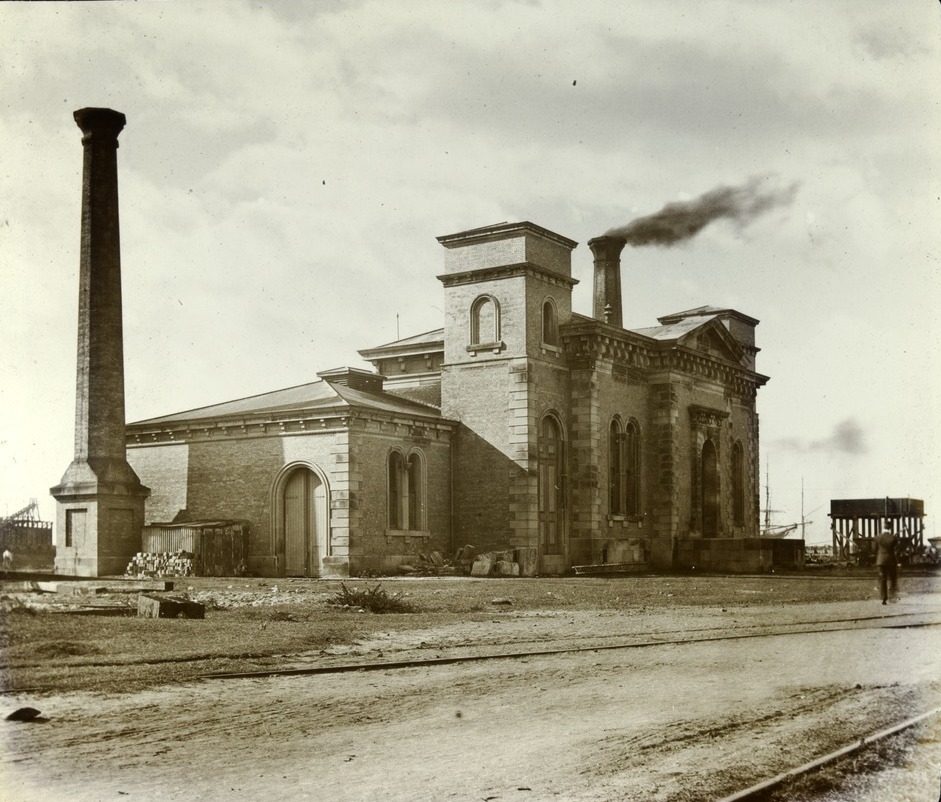History
Since the first commercial shipment was recorded in 1799, Port of Newcastle has grown to become the largest Port on the East Coast of Australia by volume.
However, it was the Awabakal clan of Muloobinba (Newcastle) that were the very first inhabitants of the area, living around the harbour and foreshores where there was an abundance of fish and wildlife. Shellfish was harvested by the local clans for thousands of years and their discarded shells were piled into enormous middens which were later burned by Europeans to produce lime for building purposes.

Lycett, Joseph, National Library of Australia, nla.obj-138500420
From the early years of the nineteenth century, the estuary of the Hunter River has been transformed from a series of mudflats and shallow channels to a major deepwater trading port.
Encouraged initially by the area’s large coal deposits and the establishment of BHP’s iron and steelworks in 1911, the Government invested significant amounts of money in reshaping the harbour through dredging, which commenced in 1859. Rock blasting and reclamation work continued to form the extensive Port land of the Dyke at Carrington, Kooragang Island and Walsh Point.

The fortunes of the City of Newcastle and the Hunter region remain linked to its working harbour, which has provided trading opportunities, the creation of industries and employment and a place to establish a community.
Heritage
The Port of Newcastle has a multi-faceted and extraordinarily rich history, which includes 220 years of commercial shipping.
Within the Port there are a number of individual and groups of heritage items including buildings, navigation structures, trees and relics.
Section 170 of the Heritage Act 1977 requires government agencies to prepare a Heritage and Conservation Register.

Port of Newcastle has prepared a Heritage and Conservation Register on behalf of the
New South Wales Government, in compliance with its obligations under the 98 year Port Lease.
The register has been endorsed by the State Heritage Register Committee of the Heritage Council of NSW and will assist Port of Newcastle in caring for heritage assets and their future conservation and development.
The Heritage and Conservation Register comprises three parts:
- Part I is a thematic history of the Port of Newcastle
- Part II sets out the organisations strategies to manage its heritage assets
- Part III is the list of heritage assets, together with an assessment of their heritage significance
All photos courtesy of Living Histories
